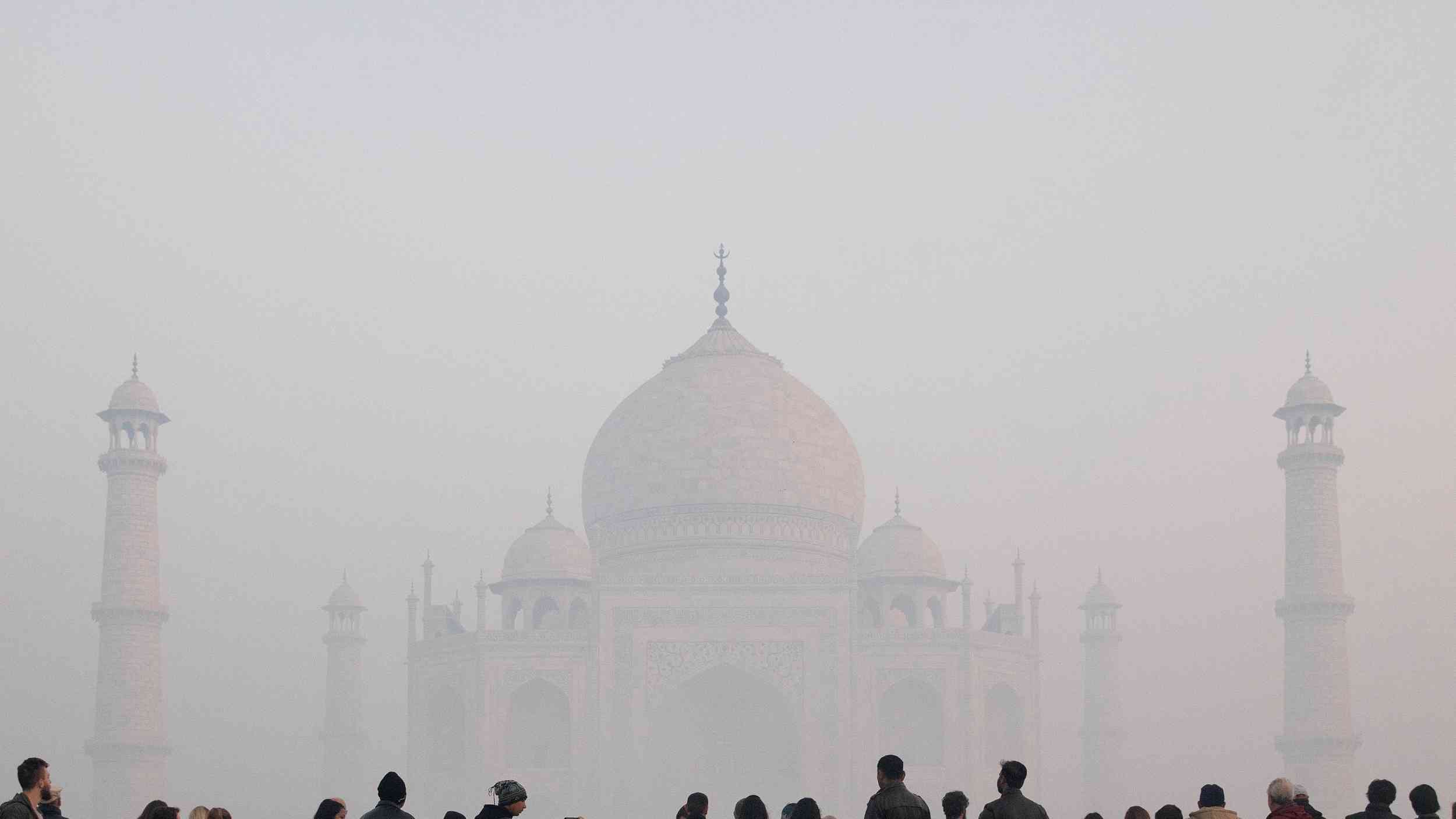
Environment
20:22, 06-Mar-2019
Cities in India have worst air quality, Chinese cities getting cleaner
Updated
10:40, 08-Mar-2019
Alok Gupta

Twenty-two of the world's 30 most polluted cities are in India, with Gurugram topping the list. Surprisingly, Chinese cities have curbed emissions significantly, a new report released on Tuesday said.
Air quality in India's Ghaziabad, Faridabad and Noida were found to be extremely hazardous, ranking 2nd, 4th, and 6th respectively. Bhiwadi ranked fifth. Pakistan's Faisalabad was the only non-Indian city in the top five.
Poor air quality has also affected relatively smaller Indian cities. Patna, Lucknow, Jodhpur, Muzaffarpur, Varanasi, Moradabad, Gaya and Jind all ranked among the 20 most polluted cities in the world.
"Pollution in India is mostly due to industries, crop residue burning, as well as people burning biomass and trash to keep them warm," Yann Boquillod, director of air quality monitoring at IQAir, told CGTN.
A home constituency of Prime Minister Narendra Modi, Varanasi ranked 14th, raising concerns over the political will to combat the rising level of pollution.
"Local and national governments can help tackle the effects of air pollution by providing adequate monitoring and reporting infrastructure," Yeb Sano, Executive Director of Greenpeace Southeast Asia, said.
The report prepared by AirVisual and Greenpeace revealed that a large number of South Asian cities are reeling under poor air quality. Researchers measured the concentration of PM2.5, extremely fine particles, in 3,000 cities, 64 percent of which exceeded the safe air limit set by the World Health Organization.
Nearly 99 percent of cities in South Asia, 95 percent in Southeast Asia and 89 percent in East Asia flouted the limit. Jakarta and Hanoi were rated Southeast Asia's two most polluted cities.
"Air pollution steals our livelihoods and our futures, but we can change that. In addition to human lives lost, there's an estimated global cost of 225 billion (U.S.) dollars in lost labor, and trillions in medical costs," Sano added.
China making 'good progress'

South Asia has the largest number of cities reeling under hazardous air.
South Asia has the largest number of cities reeling under hazardous air.
Meanwhile, China's efforts to control pollution levels have resulted in a drastic reduction in emissions. Replacing coal with cleaner fuel has led to a sharp drop of 12 percent in the pollution levels of Chinese cities.
A large part of the country switched from coal-based heating systems to gas-fired systems during the winter months.
As a result, Hotan is the only Chinese city to find a place in the top 10 worst polluted cities, ranking 9th. The only Chinese cities in the top 30 are Kashgar at 19, Xingtai at 27, Shijiazhuang at 28 and Aksu at 30.
Beijing witnessed a significant drop in pollution with its rank plummeting to 122.
With President Xi Jinping waging a war to control pollution, the government has installed a large number of air monitoring systems even in the country's hinterland.
"The Chinese mainland has the world's most numerous and far-reaching monitoring network, with around 1,500 monitors managed by the central government and a total of over 5,000 monitors managed at a central, provincial, municipal and county level," the report said.
Frequent sandstorms also spike the pollution level in many Chinese cities. "For cities affected by dust from sandstorms, there's not much to be done, except planting trees in the desert," Yann Boquillod said.
According to the report, the average air quality in the U.S. and Canada is good. However, wildfires have had a dramatic impact on the air in August and November, with 5 out of 10 most polluted cities in the world during August found in North America.
Meanwhile, large swathes of Africa and South America still lack adequate air quality monitoring infrastructure.

SITEMAP
Copyright © 2018 CGTN. Beijing ICP prepared NO.16065310-3
Copyright © 2018 CGTN. Beijing ICP prepared NO.16065310-3